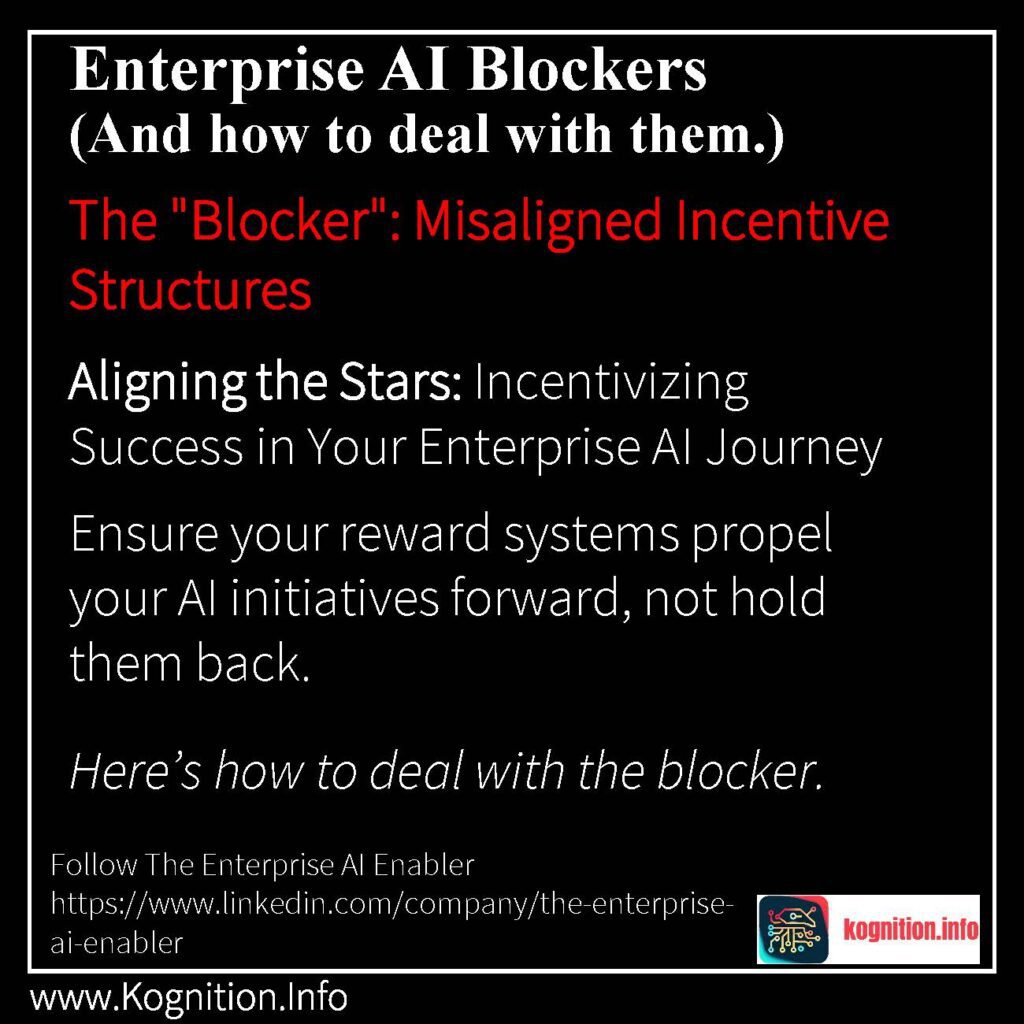The Need for Speed: Unlocking Real-Time Data Access for Enterprise AI Enterprise AI is a complex endeavor with several Blockers (or Rocks) impeding progress. Here’s one blocker and how to deal with it. Empower AI with real-time insights to drive agile decision-making. The Blocker: Lack of Real-Time Data Access Imagine a Formula 1 driver navigating…


